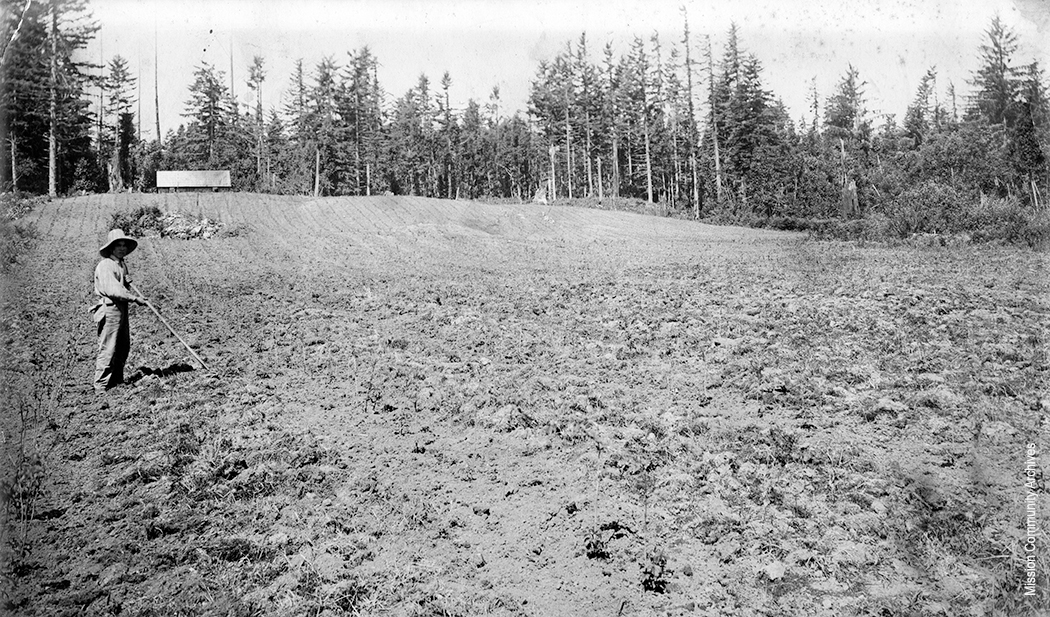Canada. 20th Century. Immigration. Labour. Depression. War. Detainment. Simple enough right?
Starting in the late 1800’s, and increasing in the early 1900’s, Japanese immigrants found their way to Canada from poorer rural parts of Japan. They came here for an opportunity at a better life, and with the need for labour in Canada, it seems like a match made in heaven. What they found instead of welcoming arms was xenophobia. Immigration was slow at first but picked up speed in the 1910’s and 20’s. Leading into the Great Depression, Japanese workers were essentially barred from working in fishing or logging. Farming was one o the few avenues open to Japanese Canadians, who came to dominate the berry industry in the Fraser Valley, where they would thrive until 1942. In the wake of Japan’s attack on Pearl Harbor, war security measures would see them removed from their homes and jobs and moved inland or east of the Rockies. Their property was seized, and they were not allowed to return until 1949, when they were legally allowed to return, but did not have any of their property returned to them.
All these events will be covered in more detail through the pages of this website, but it is important to not only recount the events themselves, but to explore the actions and reactions that lead to these events. What was the Japanese experience throughout the 20’s and 30’s, the time when they were most populous here? Were they really the societal threat that white Canadians made them out to be? Were they plotting the economic downfall of Canada as we know it? How did the socio-economic conditions of the Great Depression affect these relationships? All this and more in…
The Japanese Depression.
